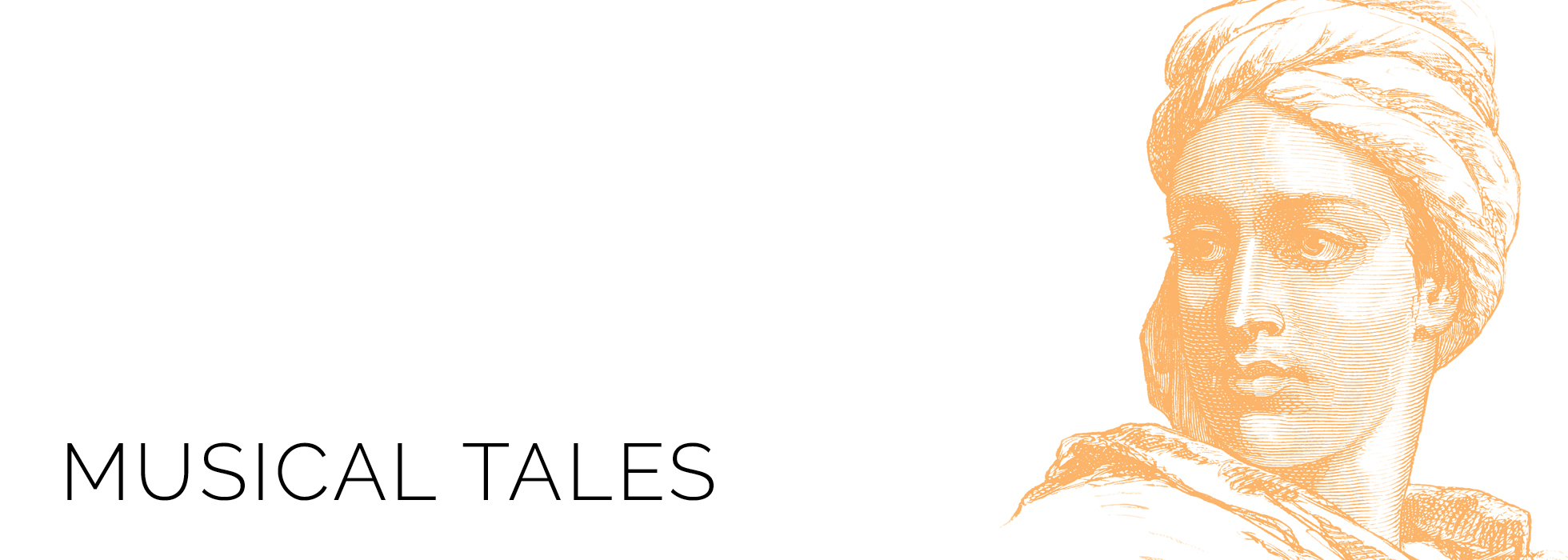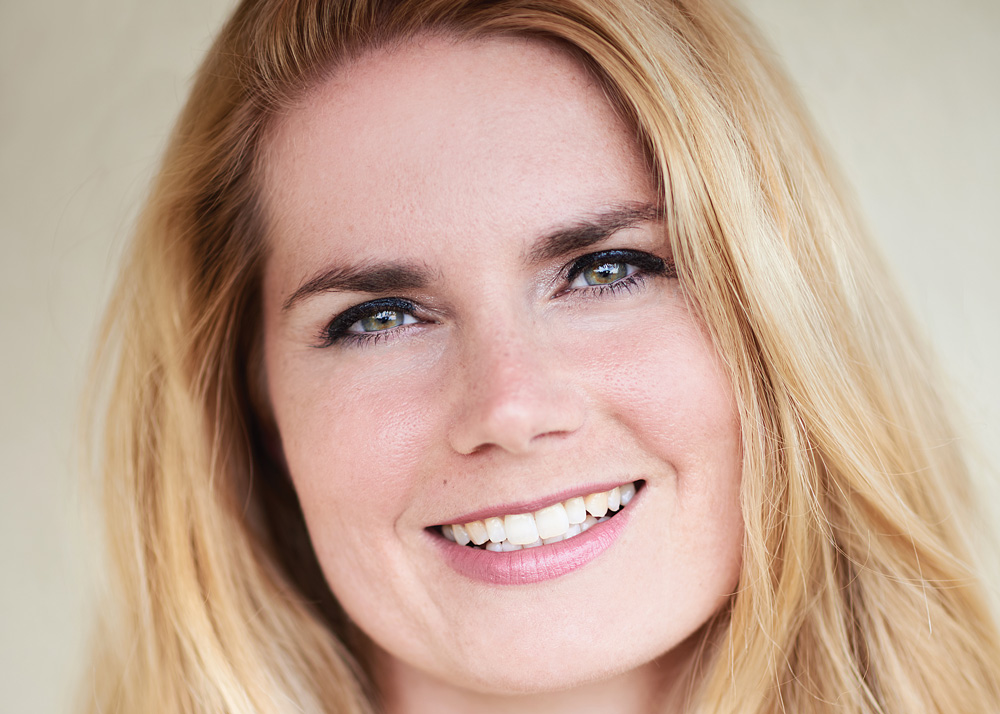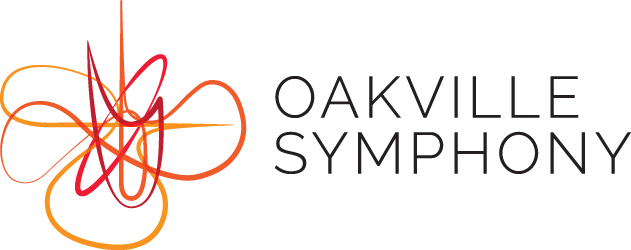
Guest Artist:
Vanessa Lanch, Soprano
Program
Claude Debussy: Petite suite
I: En bateau
II: Cortège
III: Menuet
IV: Ballet
Richard Strauss: Morgen; Cacilie (Op. 27, Nos. 4 and 2)
Giuseppi Verdi: Pace, pace mio Dio!; from La Forza del Destino
Nicolai Rimsky-Korsakov: Scheherazade, Symphonic Suite after ‘The Arabian Nights’, Op. 35
April 7 at 8 pm and April 8 at 2 pm, 2018
Oakville Performing Arts Centre
Program Notes
Claude Debussy (1862-1918): Petite suite
I: En bateau
II: Cortège
III: Menuet
IV: Ballet
This piece was originally written for piano with four hands in 1886-89, and subsequently orchestrated. It is one of Debussy’s earlier works for the piano, a genre that he was relatively slow to develop during his career. The style is “impressionist” in the truest sense, as Debussy tends to avoid strong themes, and instead creates a “carefully crafted vagueness”. For example, in “En bateau”, which opens with a delightful flute solo, there is a constant rocking motif which merely suggests the situation of the boat (think wavelets, whirlpools and eddies). The melody adopts a characteristic whole tone scale. Cortège represents a marching band rushing past. In the Menuet, there are two passages with an eerie melody in parallel tenths. The final movement is an energetic, festive dance. Debussy’s skills were a strong influence on many other composers, including Ravel, Stravinsky and eventually Gershwin.
Richard Strauss (1864 – 1949): Morgen; Cacilie (Op. 27, Nos. 4 and 2)
Strauss wrote these songs in 1894 as a wedding gift to his wife Pauline, at which time Strauss was known mainly as a conductor and composer of tone poems, rather than as an orchestral composer. Both songs are based on love poems.
Giuseppi Verdi (1813 – 1901): Pace, pace mio Dio!; from La Forza del Destino
Leonora loves Alvaro, and wants to abandon her home in order to elope with him. However, things never work out so easily in opera, so she ends up instead as a cave-dweller in a remote hermitage. In this famous aria, Leonora hopes that she might find a more peaceful existence in death (“Peace, O mighty Father, give me peace!”). As might be expected to happen in an opera plot, her wish soon comes true, when Leonora and Alvaro both come to untimely ends as the curtain falls.
Nicolai Rimsky-Korsakov (1844-1908): Scheherazade, Symphonic Suite after ‘The Arabian Nights’, Op. 35
Written in 1888, this is one of Rimsky-Korsakov’s last major works, and perhaps the one for which he is best known. The score contains the following composer’s preface:
“The Sultan Schahriar, convinced of the faithlessness of women, has sworn to put to death each of his wives after the first night. But the Sultana Scheherazade saved her life by diverting him with stories which she told him during 1001 nights. The Sultan, conquered by his curiosity, put off from day to day the execution of his wife, and at last renounced his bloody vow”.
The work’s four brilliantly-orchestrated movements have been associated with tales from the Arabian Nights:
I. The Sea and Sinbad’s Ship
II. The Tale of the Kalendar Prince
III. The Young Prince and the Young Princess
IV. Festival at Baghdad – The Sea and the Shipwreck of Sinbad’s Vessel
The first movement quickly introduces the two principal themes heard throughout the work: the fortissimo unison representing arrival of the Sultan; and then the motif of Scheherazade, as the Narrator of tales, played by solo violin (accompanied by harp, as for many other solo sections). As Sinbad’s tale begins, we hear undulating Waves on the lower strings and the second clarinet, and the Ship motif, first heard on the flute.
Movement II is more elaborate. We hear Scheherazade’s theme again, and then the night’s tale begins, related by a jaunty bassoon, and repeated by the oboe (with a short cadenza) and harp. After a sudden stop, horns, trombones and then muted trumpets create a menacing fanfare, which provides the material for the rest of the story. During the long development are cadenzas for the clarinet and bassoon, and wistful sections in the flute and horns.
The third tale is a twilight love song in an oriental garden. The Prince’s theme begins in the violins. Rippling scales in the woodwinds, a hint of military drumming and trumpets, and added colour from the tambourine, triangle and harp all combine to enrapture the Sultan for the night. The solo violin reappears near the end, reminding us that it is still Scheherazade who is speaking.
The final movement begins with an angry appearance of the Sultan, who is then placated by the tranquil Scheherazade. In this final tale, an extended series of episodes depicts the Baghdad festival, with reminders of earlier thematic material. One hears whirling dervishes as the pace repeatedly quickens, with challenging staccato rhythms in the horns, trumpets, strings, flute and piccolo. Suddenly the Ship reappears, but now the sound of the Sea breaks through in great surges in the full orchestra, until finally the ship is broken against the cliffs. When the storm eventually subsides, we hear a calm Scheherazade once again, informing us of her ultimate triumph over the Sultan.
© Notes by Stephen Walter
About Vanessa Lanch

Vanessa Lanch was born in Toronto, Canada and is of German heritage. She studied music and theatre at York University, where she received education in stage and costume design, and vocal training with soprano Norma Burrowes and mezzo-soprano Catherine Robbin. Vanessa went on to complete a Masters degree in voice at the Guildhall School of Music and Drama in London, England with Penelope Mackay, and then in opera at the Vienna Conservatory in Austria. Vanessa was also a member of the Flanders Opera Studio in Belgium and has sung in the Bayreuth Festival Chorus.
Vanessa made her operatic debut as The Tart in the contemporary piece Desire Caught by the Tail (by Joseph Finlay) for the Arcola Theatre’s Grimeborne Festival in London, England. A year later in the intensive program at the Flanders Opera Studio, she sang Mélisande in the Constant / Debussy / Brook’s version of Impressions de Pelléas and Drusilla in Monteverdi’s L’incoronazione di Poppea. Other operatic credits include Fiordiligi (Così fan tutte), Madama Cortese (Viaggio a Reims), Pamina (Die Zauberflöte) Donna Elvira (Don Giovanni), Giulietta (I Capuletti e i Montecchi, Bellini), and the Governess (The Turn of the Screw, Britten). Vanessa is now expanding into roles of the young dramatic soprano repertoire. She sang her Germany debut performance of Agathe (Der Freischütz, C. M. Weber) in November 2015, where she received glowing reviews and is commencing to sing lighter dramatic roles from the Wagner Canon including Elsa (Lohengrin) as well as Marie from Berg´s Wozzeck.
Vanessa has always been keen on singing contemporary music works and upon more than one occasion, been recognized for her excellence in interpreting such music. She was the third place winner of the prestigious Canada Council sponsored Eckhardt-Gramatte Competition in Canada, the winner of the Tracey Chadwell Memorial Prize at the Guildhall School of Music and Drama and a finalist in the Paticia Routledge Song Competition. She equally excels in German repertoire and received scholarships to the Britten Pears Young Artist Programme (Aldeburgh, England, sponsored by the Canadian Aldeburgh Foundation) for her performances of songs by Charles Ives and Richard Strauss. Additionally, she was a member of the Centre for Opera Studies in Sulmona Italy where she received a scholarship to sing the role of Donna Elvira in Mozart´s Don Giovanni.
Vanessa currently lives in Berlin Germany where she works as a freelance singer and voice teacher.
